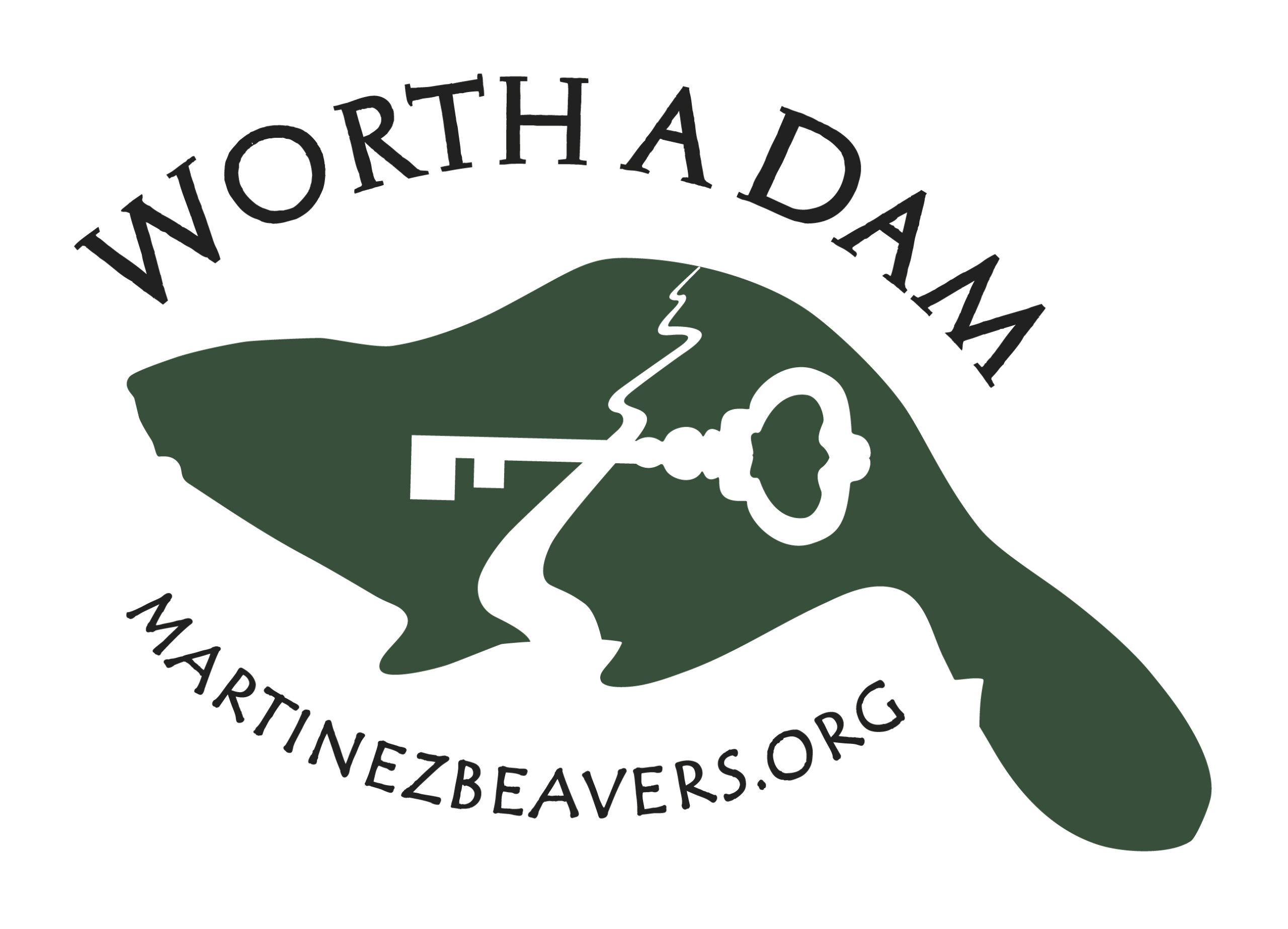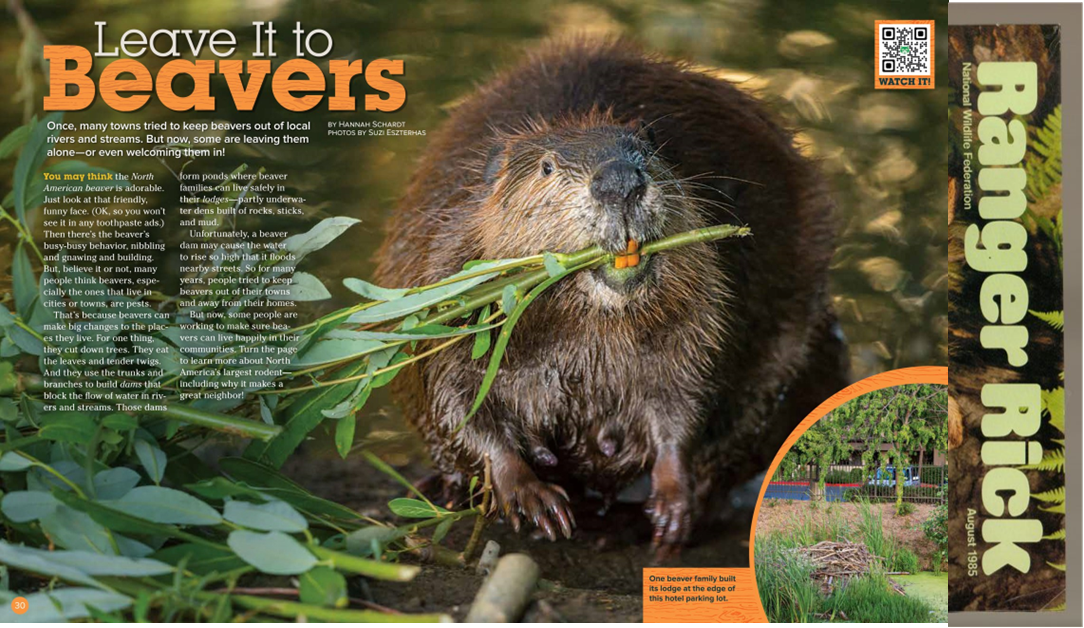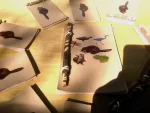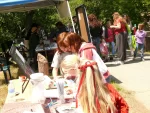Years ago, in eager younger days when almost all beaver news was bad. there were so many miserable reports about beavers that I was exhausted responding to them. I thought it might be more effective for a different voice to answer these articles instead of that tree-hugging white lady from California. I needed more cred. I dreamed up the character of a ruddy ex-trapper who had learned first hand why beavers matter. I even made up a name for him.
Buck Lanyard.
Buck was much more believable than Heidi, let me tell you. He explained about flow devices. Salmon. And drought. But he was never as good as this guy.
This letter is outstanding.
Bring beavers back (Opinion)
If you’ve walked along Tahoe’s various Creeks or fished the Truckee River, you’ve probably noticed how our waterways shift with the seasons—and maybe even how they’ve changed over the years. For me, these streams have always been more than just scenery. I grew up fishing them, studying them, and learning how their rhythms shape the landscape and everything that lives within it. That’s why I’ve become especially interested in one of the region’s not so famous natural allies: the North American beaver.
I’m paying attention. Aren’t you?
In the 1980s, beavers were nearly wiped out from the Tahoe Basin and the greater Truckee River Basin. At the time, they were seen mainly as a problem—causing flooding, damaging infrastructure, and blocking culverts. But as I’ve spent more time out in the field and more time with a fly rod in hand, I’ve come to realize how much we’ve lost by pushing them out.
As part of a field-based research project I studied the ecological impact of beavers in the Truckee Basin. I collected data on stream flow, water depth, temperature, vegetation, and species presence at sites with and without active beaver ponds. Drawing from methods used by researchers, I wanted to see what the data could tell us—and what it couldn’t. What I found reinforced what I’d already witnessed while fishing and exploring: beavers make ecosystems better
Oh I’m loving this letter. Who is this man? I’m thinking we need to meet and be friends.
Their dams slow the flow of water, trap sediment, and create deep pools that act as critical habitat for trout, especially in the summer when stream temperatures rise. These pools offer cooler, oxygen-rich refuge and abundant insect life—exactly the kind of environment wild trout need to thrive. I’ve seen firsthand how fish stack up in beaver ponds during the hottest months, finding shelter where otherwise the water would be too shallow or warm.
But it’s not just fish that benefit. Waterfowl like widgeon and mergansers often nest near beaver ponds, where thick vegetation and still water offer both food and protection. And beyond supporting wildlife, beavers also build natural firebreaks. By raising the water table and saturating nearby soils, they create wet zones that are far more resistant to wildfire, an ecosystem service that couldn’t be more timely in a region like ours.
What started as a fun side project quickly became something more personal. As an angler, a conservationist, and someone who’s spent most of his life in the Sierra, I came to see beavers not as pests but as partners—quiet, persistent builders who work for free and never ask for anything in return. They don’t burn fossil fuels, they don’t need concrete or engineering plans, and yet they outperform many of our most expensive restoration projects.
Of course, beaver restoration needs to be thoughtful. Infrastructure and private property must be protected. But there are modern tools—pond levelers, culvert protectors, and tree guards—that make coexistence not only possible, but practical. And perhaps most importantly, it’s a conversation the entire community should be part of. This isn’t just about one species—it’s about how we choose to live with nature, not against it.
Christopher Paganelli (Truckee)
Oh my goodness. I think that’s the very best letter I’ve ever read. And from TRUCKEE no less which is a pretty trap-happy region.
Thank you Chris
Happy International Beaver Day











































